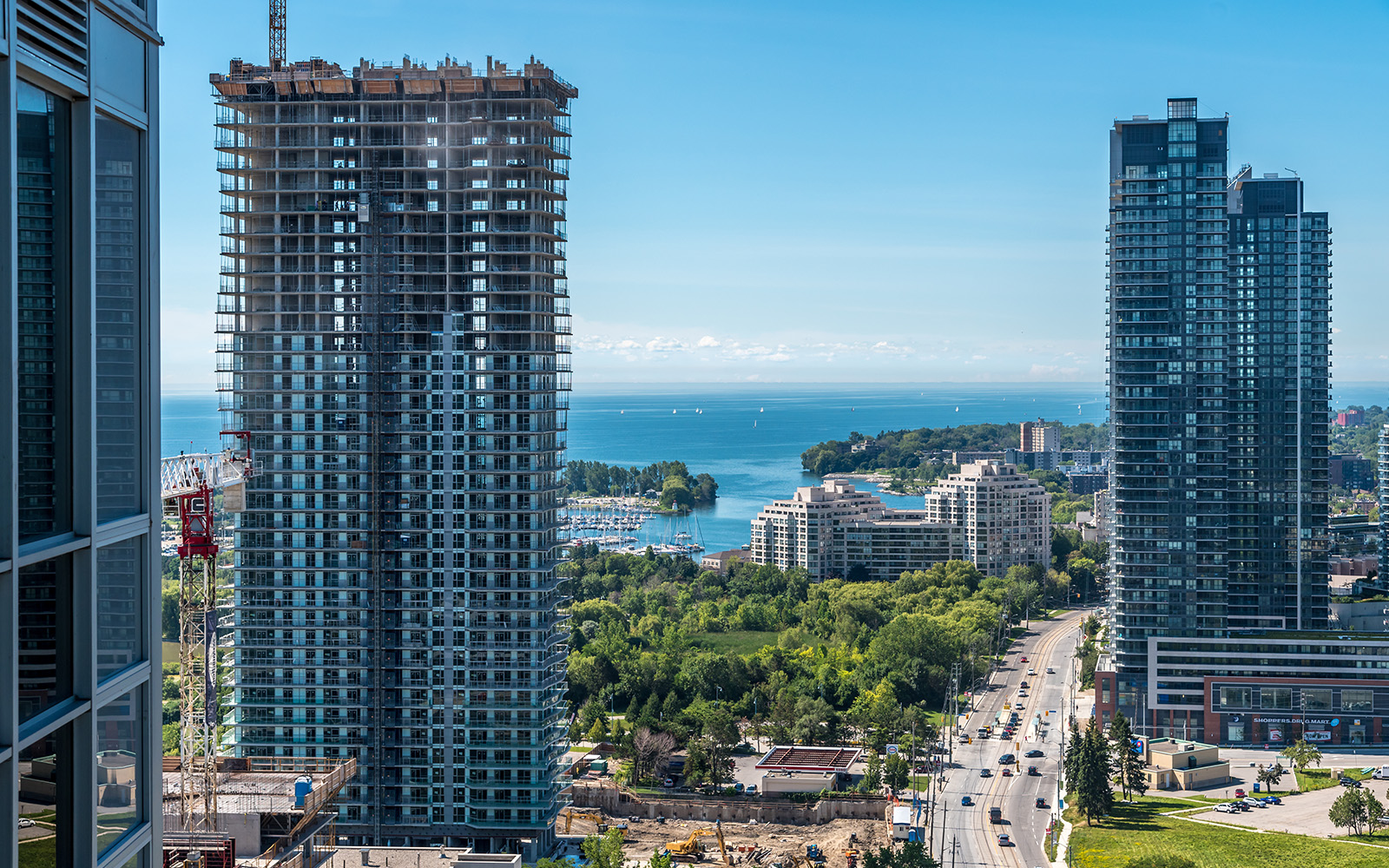Canada is often seen as an attractive place for foreign investors to purchase property due to its political stability and history of real estate price appreciation. Unfortunately, non-resident buyers often do not adequately plan the acquisition and are unaware of the various tax compliance rules involved. The implications can be costly and can turn a property investment dream into a nightmare.
The basic general compliance requirements for any non-resident investor to consider when purchasing Canadian property can be broken down into three chronological phases of ownership:
- Acquisition and set up
- Annual filings
- Issues on disposition of property
For the purposes of this article, we will assume the acquisition is a residential rental property, held personally and not through a corporation or any other entity.
Acquisition and set up
The first thing to understand is that your acquisition is now subject to Canadian income tax, as Canada has the right to tax any person who derives income or capital gains from Canadian property. You will also need to obtain a Canadian tax ID number for future personal tax filings. Once the property is acquired and rental income is generated, withholding taxes will apply on rents received.
The general rule requires the set up of a non-resident tax withholding account where 25 percent of the gross rents received are remitted to the Canada Revenue Agency (CRA) on a monthly basis, by the fifteenth day of the following month rent was received. There is also an option to reduce the monthly withholding tax requirement from 25 percent of the gross rental revenue to 25 percent of the net rental income (after deducting ongoing expenses such as property taxes, mortgage interest, etc.).
However, additional compliance work is needed to take advantage of the reduced withholdings: the non-resident will need to have a Canadian resident agent sign an undertaking that a tax return will be filed to report the rental activities for the year. This is an annual process which requires filing form NR6 with the CRA’s International Tax Services Office.
The NR6 filing needs to include details of the estimated rental revenue and expenses for the upcoming calendar year and should be filed in advance of the calendar year. After the end of the calendar year, the non-resident taxpayer is required to file the annual NR4 form which reports the gross rental revenue received and the tax withholdings paid for the calendar year.
Annual filings
As a non-resident earning rental income from property, you are required to file a specific type of Canadian income tax return, known as a section 216 return. The main difference between this return versus a regular T1 return for Canadian residents is that the tax return would only report the activity from the Canadian rental business. As a non-resident taxpayer, you would generally not be taxed on other worldwide income.
Tax brackets for a non-resident taxpayer are generally the same as for Canadian residents, with the exception that there are no personal credits, such as the basic personal amount, so tax is applied on the first dollar of taxable income. A statement of rental income and expenses would be included in the return, the same way a Canadian resident taxpayer would report their rental activities, with the option of claiming tax depreciation (i.e. capital cost allowance (CCA)) to reduce or eliminate any remaining taxable income.
The NR4 slip described previously would be attached to this return and any taxes that were withheld during the year would now be claimed to reduce any taxes payable on this return - which could result in a refund, to the extent of any overpayment. Typically, if remittances were made based on 25 percent of the gross rental income and / or if CCA was claimed, there will likely be a refundable balance on the return.
As with Canadian residents, consideration should be made as to whether CCA should or should not be claimed, given that all accumulated CCA claims are brought back into income in the year the property is sold (assuming that the building did not decrease in value).
Property disposition
On sale of the property, a non-resident is required to obtain a section 116 clearance certificate from the CRA, the application for which must be filed within 10 days of the closing of the sale or earlier. The purpose of this requirement is to ensure that the CRA receives the tax on any gains, recapture, or other income – otherwise they may have no recourse if the non-resident decides not to file a tax return or pay the tax.
Essentially, the clearance applications involve the estimate of the capital gain on sale (excluding selling costs), as well the estimated tax on the recapture of any previously claimed depreciation. The application also requires a substantial amount of other documentation, including support for the residency of the taxpayer, copies of prior year tax filings, and the information for both the purchaser and the vendor.
The tax on recapture (if any), plus 25 percent of the total gain would need to be remitted to the CRA once they process and approve the application. The lawyer for the non-resident vendor is required to place 25 percent of the gross selling price in a trust account upon closing of the transaction. Once the CRA approves the clearance applications, the amount of the required remittance will be paid out of the trust account and the lawyer would then release the remaining funds to the non-resident vendor.
The final stage of the disposition process would involve filing two separate tax returns after the end of the calendar year in which the disposition occurs. The first would be the regular section 216 return which will report the ongoing income and expenses up until the date of sale, as well as any recapture of CCA. The second filing would be a separate income tax return for the non-resident that would report only the taxable capital gain on sale.
The final tax on the return will typically be more than offset by the amount previously paid to obtain the clearance certificate, resulting in a refund to the non-resident taxpayer. This is due to the fact the estimated gain on the original clearance certificate did not include any selling costs, as well as the fact that the actual marginal tax rates for the taxpayer may be less than the 25% tax that was previously submitted to the CRA.
Conclusion
Non-resident rental property owners need to be aware of the various income tax implications and compliance issues involved in a Canadian transaction. Getting professional tax advice is critical, from the initial acquisition, through ongoing filings, up to the year of disposition. Proper planning and compliance will help ensure you aren’t hit with any unpleasant surprises down the road – and your dream of successfully owning Canadian property becomes a reality.
For more information, contact:
Robert Preisz, CPA, CA
Partner
647.775.1740
[email protected]





